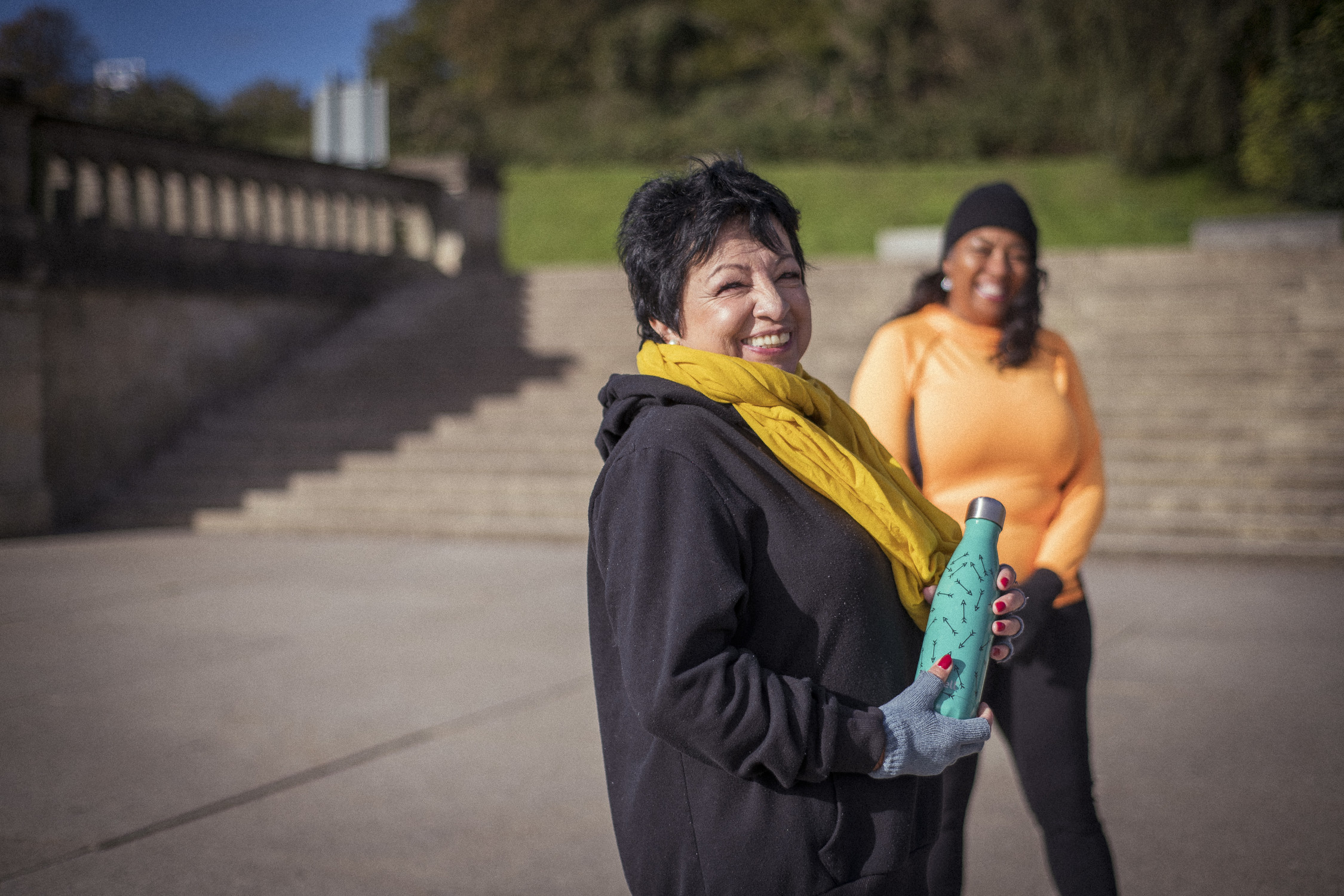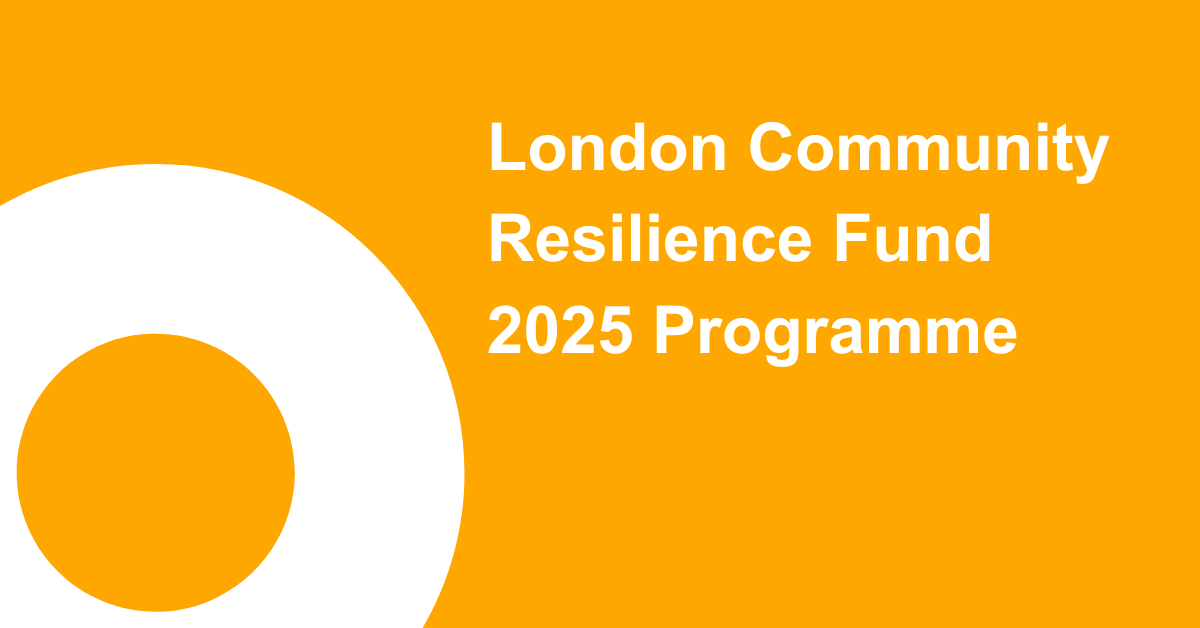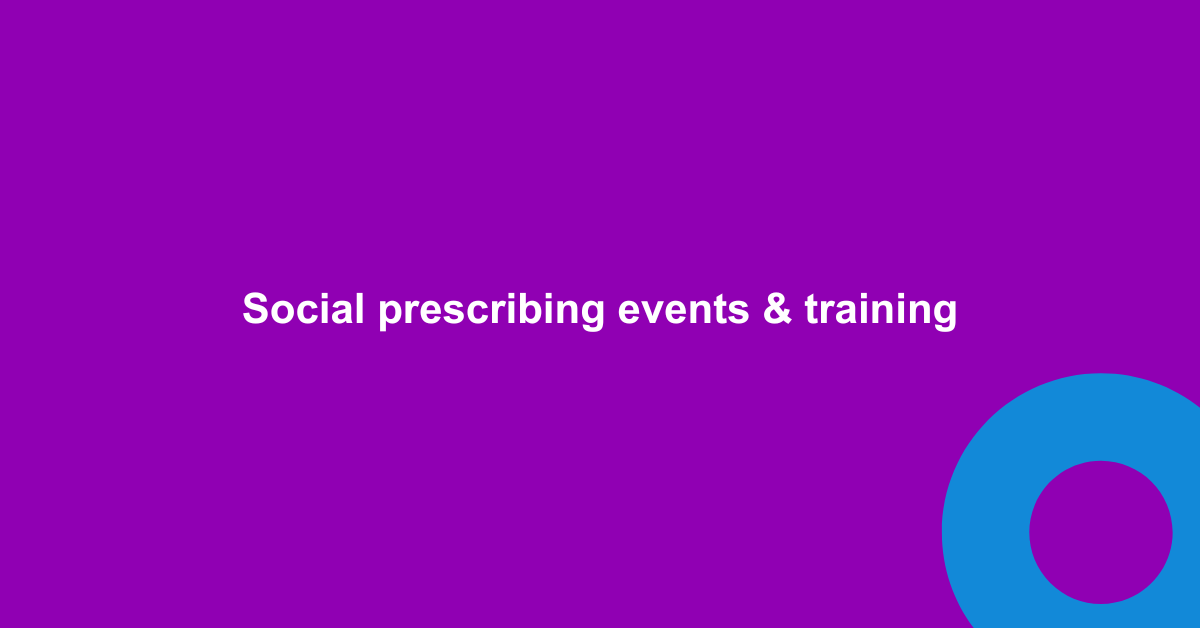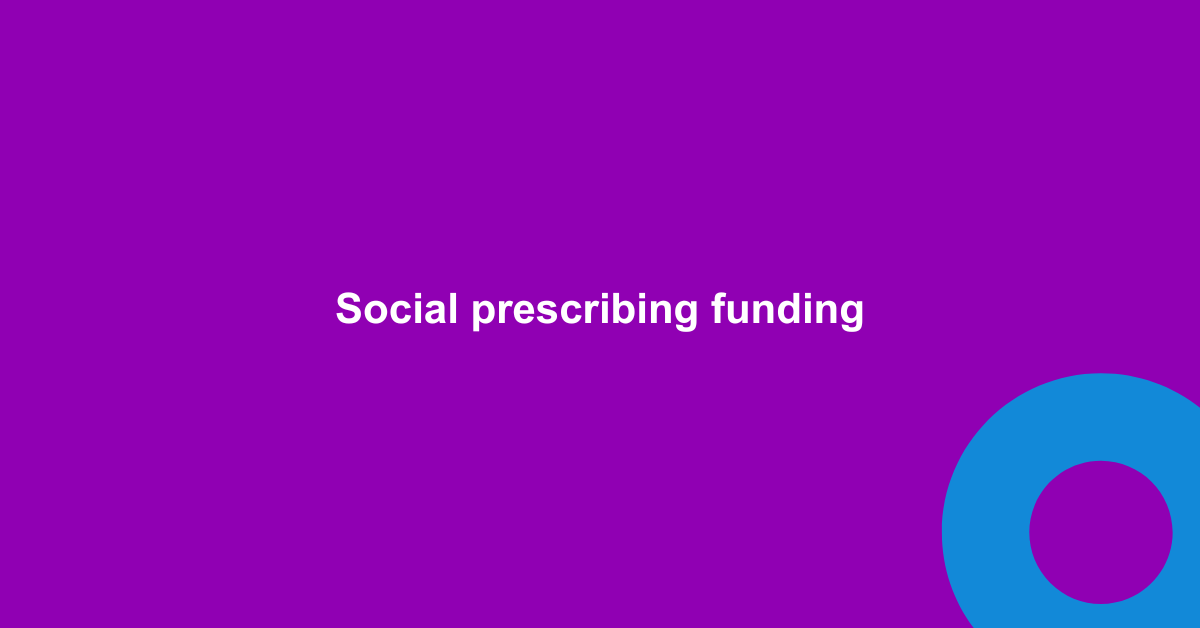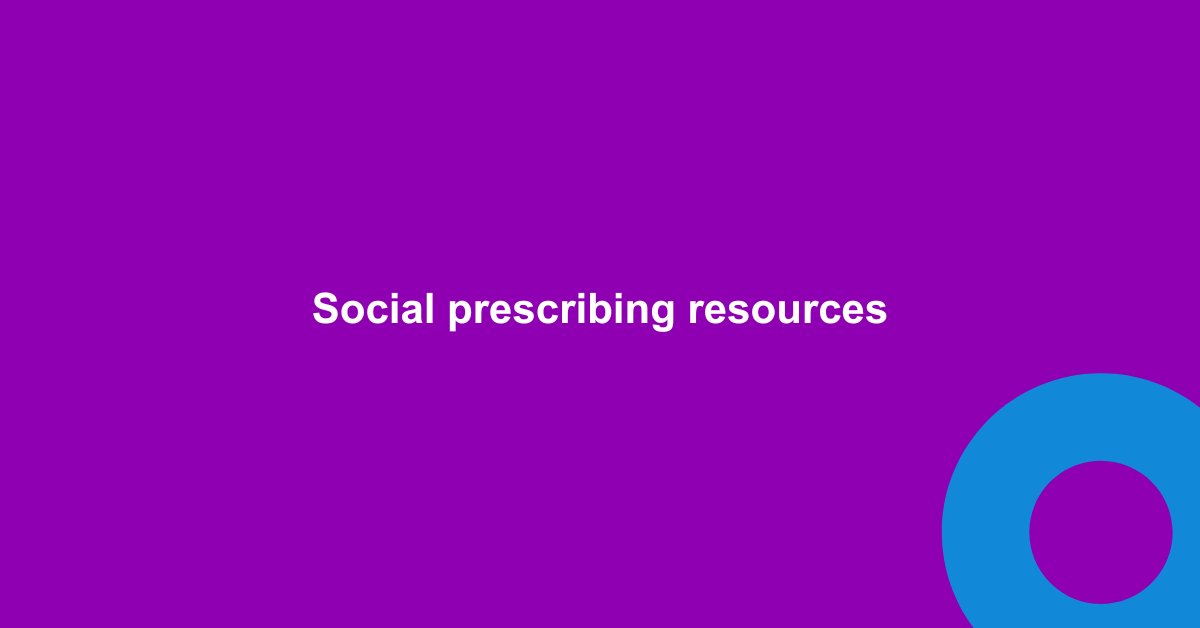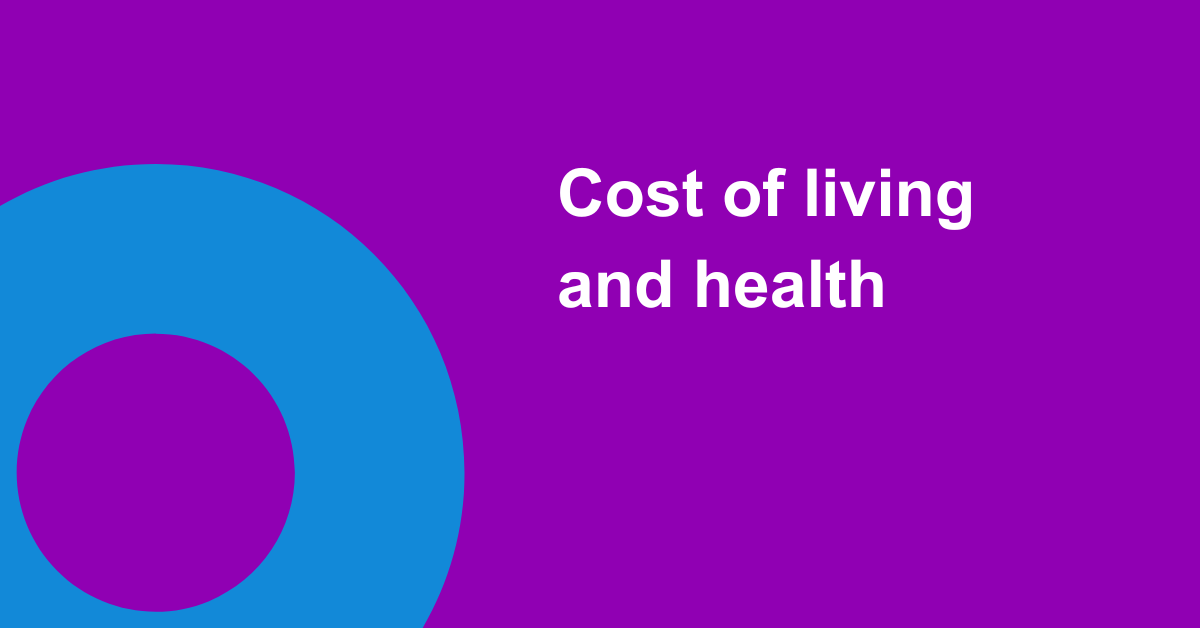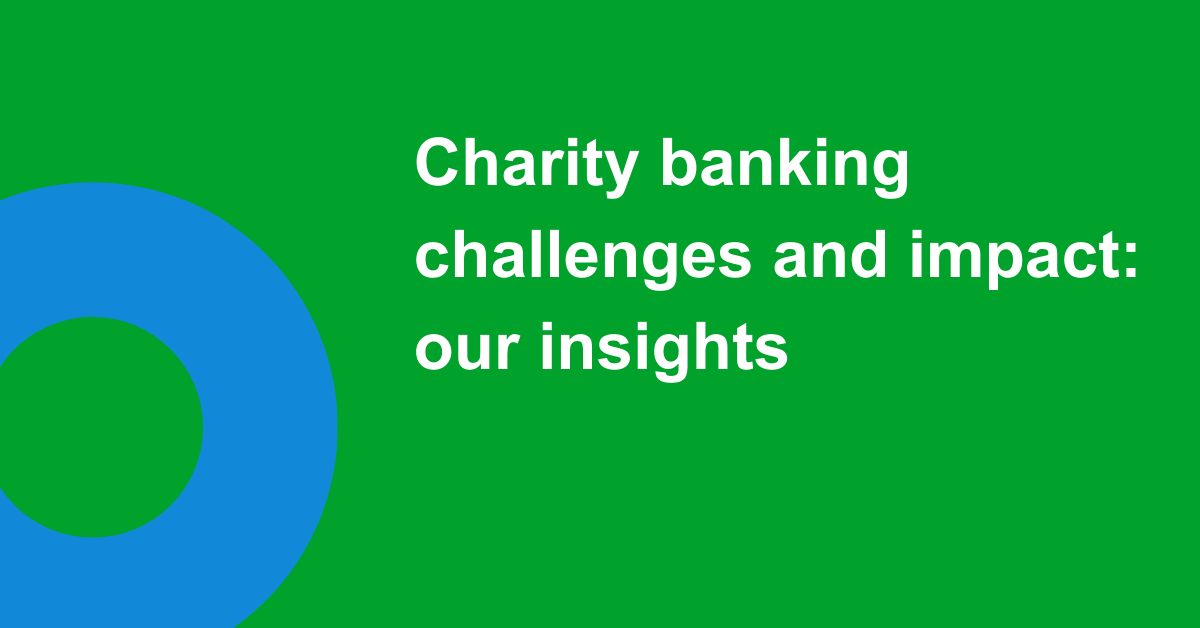In this case study, Concia Albert from One Westminster explores how social prescribing link workers based in the voluntary and community sector (VCS) support patients. It also highlights the benefits of being based in the sector and of integrating with the NHS, from the perspective of a Council of Voluntary Service (CVS).
This is the second case study in our ‘Linked In: Link Workers in the voluntary sector’ series. See our first blog with Palace for Life here.
Referrals: How does it work?
The patient attends a GP practice or Mental Health Hub, either remotely or in person. A health professional in the GP Practice or Community Mental Health Team (CMHT) will then identify their needs. After asking the patient for consent, the health professional will refer them to a social prescriber, also known as a link worker, based in One Westminster CVS.
The social prescriber will spend an hour and a half with the patient to find out if they are an appropriate social prescription referral.* If they are, they can then build a person-centred plan using the “what matters to me” approach and suggest various social prescribing activities.

The patient’s social prescribing journey
Evaluations of the patient’s goals, needs and progress take place throughout the journey. This ensures they receive the required support. Additionally, the patient is offered pathways to access support outside of the social prescription activity where necessary, including advocacy with statutory services.
When it is clear that either support is in place; the social prescribing activity is no longer needed; and/or they have achieved their desired progress; a review is conducted. After this, patients are discharged, but pathways back into social prescribing are explained to them for future reference. Patients stay in the service, on average, for three months. However, 30% of them are within the service for six months and a small fraction for over six months.
Sometimes, referred patients may not be ready for social prescribing or have non-social needs that should be addressed first. For example, if a patient is not stable on their medication. If so, we explain this to the referrer and the patient, suggesting another pathway of support. Sometimes social prescribing may be beneficial as a future intervention after their non-social needs are resolved.
Finally, if the required support doesn’t exist in the borough, the social prescriber has several options:
- They feed this back to the One Westminster CVS team.
- They discuss the support that can be offered in the interim.
- The Social Prescriber can be supported to create something new.
Barriers to social prescribing
Social prescription offers many answers to keeping people well. However, with the current model, at what cost? Money must follow the patients. There is not sufficient resourcing for the VCS sector to take on patients long-term. Charities have begun to ask us to slow down on referrals, running waiting lists instead.
This is because, despite increased demand, funding does not follow the patient, only the social prescriber. Supporting patients through a social prescription service would be cheaper than some services offered in the NHS. Prevention begins in the community and we must target resources there.
There must also be proper management and integration of staff into the NHS framework. Manager roles are not resourced adequately, though they are invaluable to running a good social prescription service and support for the link workers. This management and support should extend to include staff based outside of the NHS, which can be patchy.
Finally, some staff in the medical pathway continue to wrestle with valuing social prescription as a preventative approach. This has an impact on the referrals social prescribers receive and their place in the practice.
Reflections: The importance of being based in the voluntary sector

As previously stated, it is important that we have social prescribers that are based in the voluntary sector. One Westminster is also the CVS that supports VCS organisations in Westminster and has in-depth knowledge of potential community groups that social prescribers can refer into.
The social prescribing team can feedback on gaps in service provision, and the CVS can update social prescribers on changes to services quickly. Due to the close relationship the teams have within the organisation, they can support the quality assurance of the available activities.
Research shows that social prescribing has worked well in the UK where leading voluntary sector organisations hosted social prescribers. Helpfully, these organisations had the reach and knowledge of other local voluntary sector organisations. Primary care networks (PCNs) agreed that the best option to develop and lead the service in Westminster was One Westminster. This is because we have the reach and established relationships already in our borough.
There is a long way to go…
Being based in a voluntary sector organisation, rather than a PCN, offers the best chance of making connections and relationships with the VCS sector. However, when people do not see staff in the VCS sector as part of the NHS, the staff can feel less supported. Without addressing these factors, social prescribing will be unsustainable in the long term.
The impact of the service
Please see One Westminster’s report: Year One of Social Prescription [PDF] which demonstrates an overview of their Social Prescription Service.
Notes
*We define an appropriate referral as someone with a social need that has an impact on their health and /or wellbeing. If they have a diagnosed mental health condition and are on medication, we request that the person is in a stable condition and taking their medication regularly. This helps them engage with the social prescribing approach.
More…
This is the second case study in our ‘Linked In: Link Workers in the voluntary sector’ series. See our first blog with Palace for Life here.
Back to Social Prescribing Homepage

